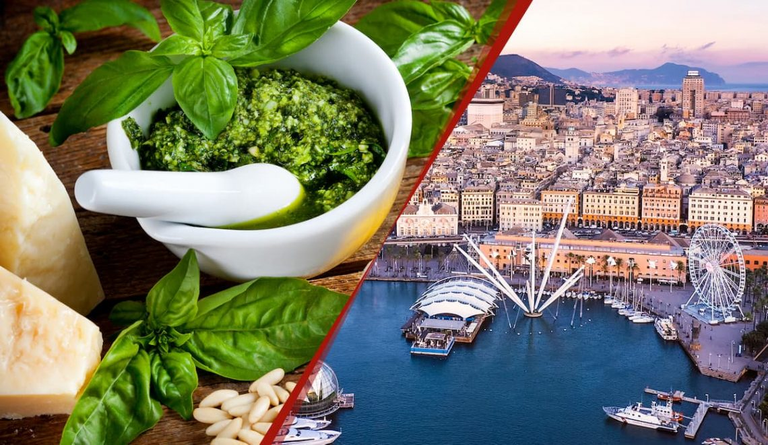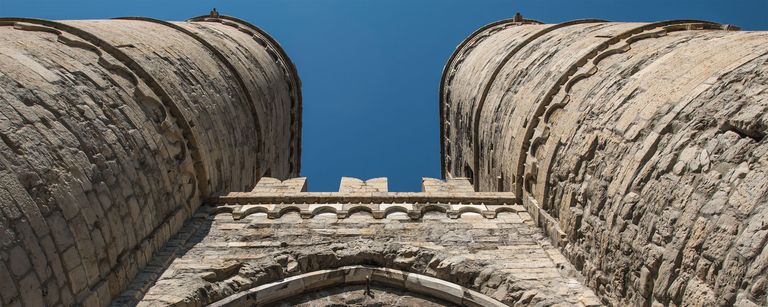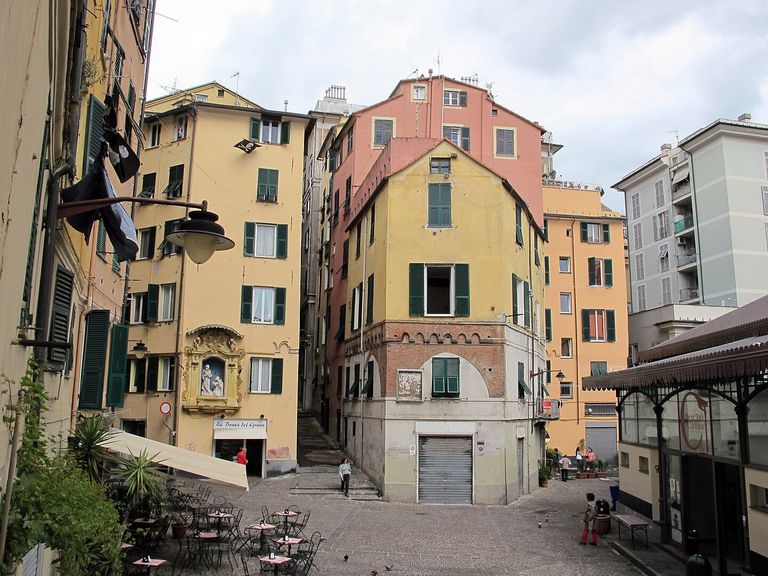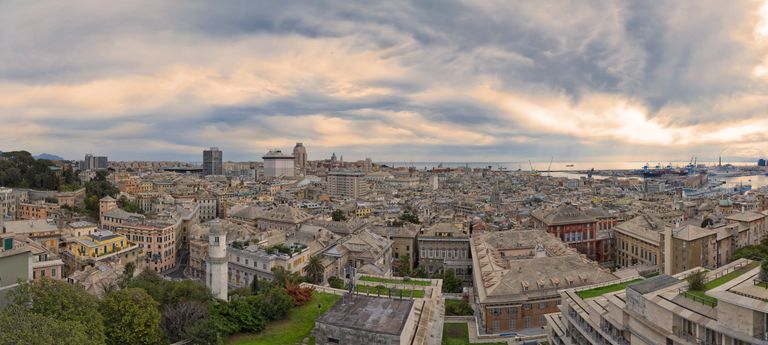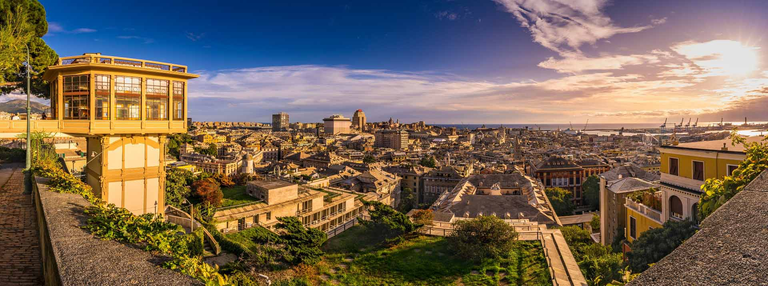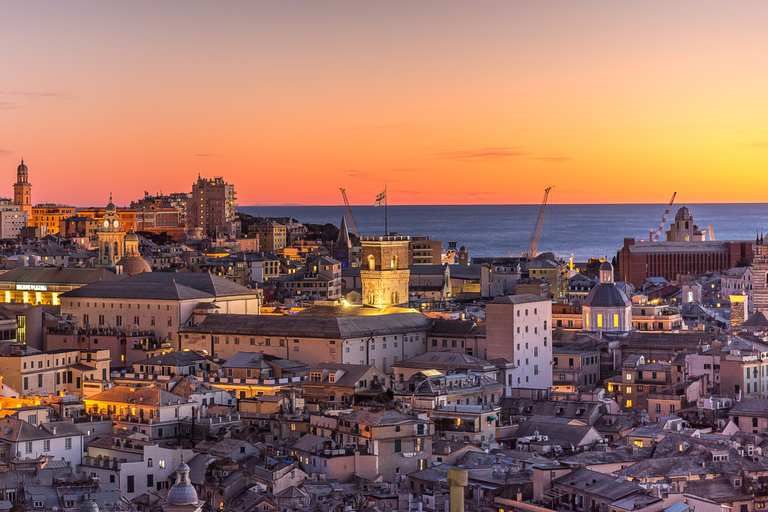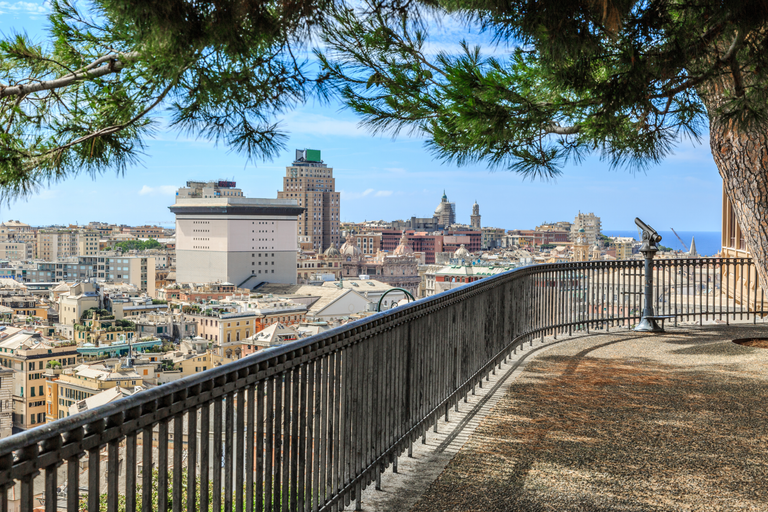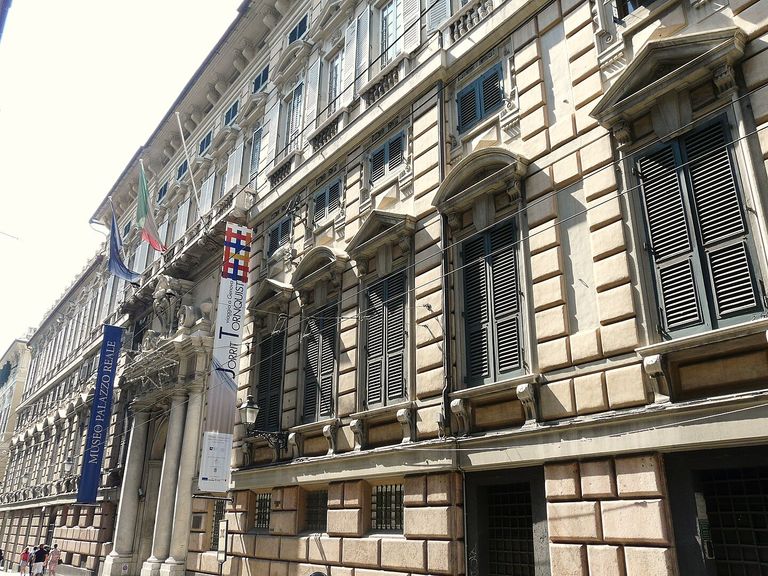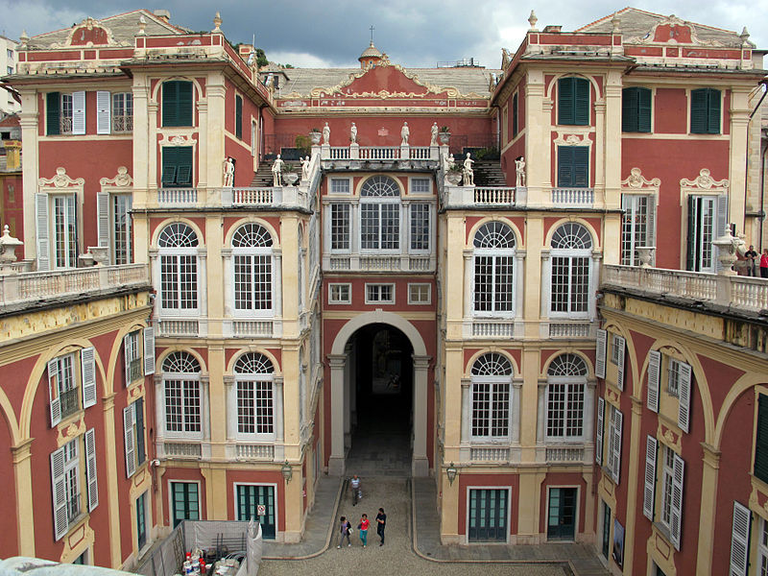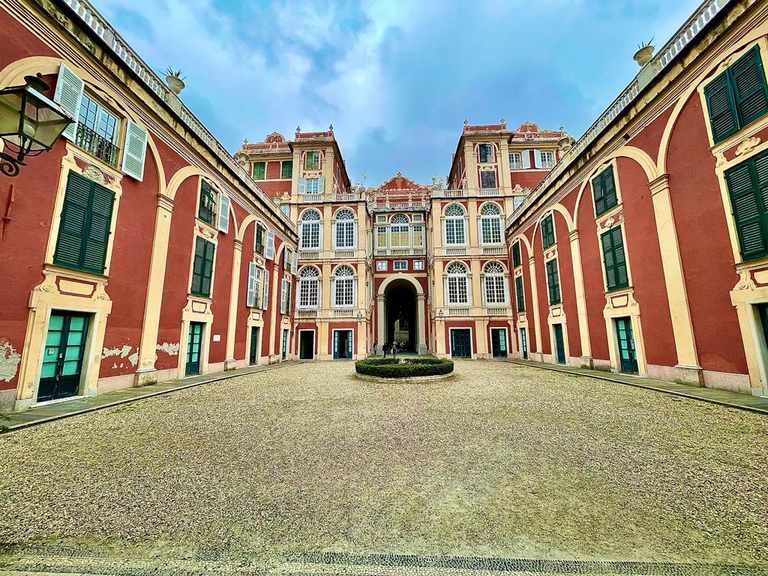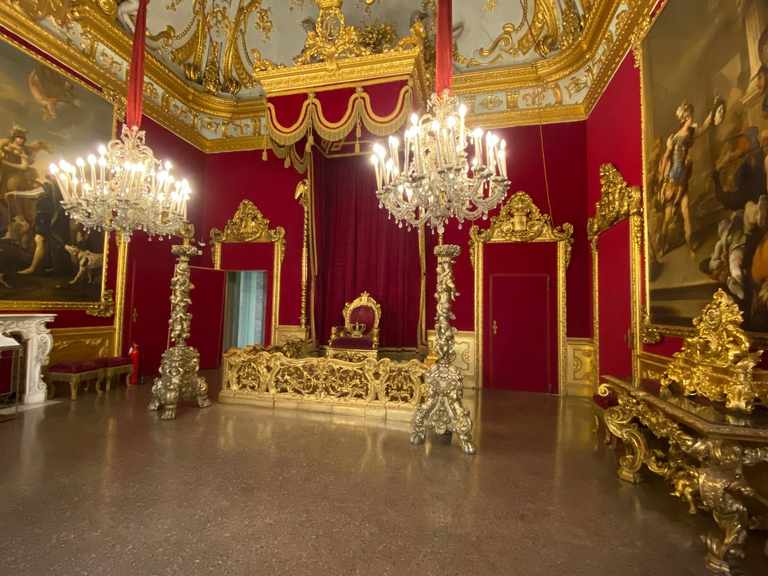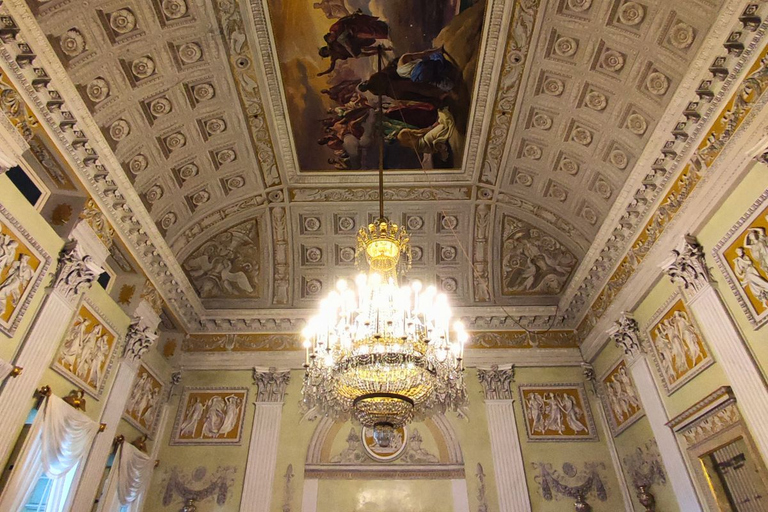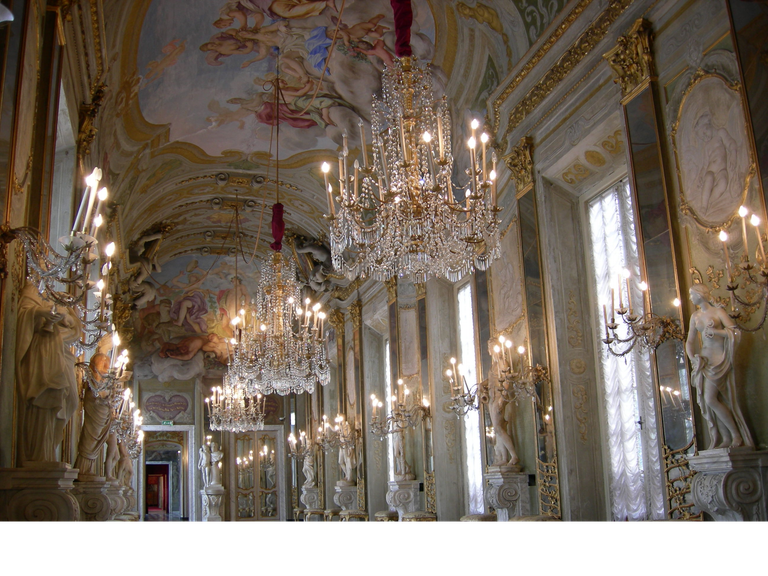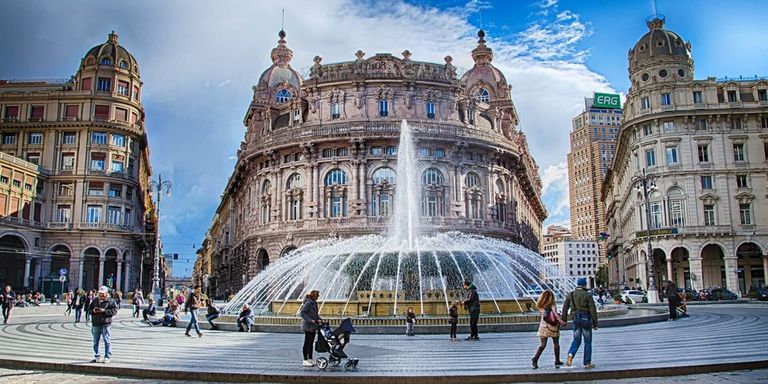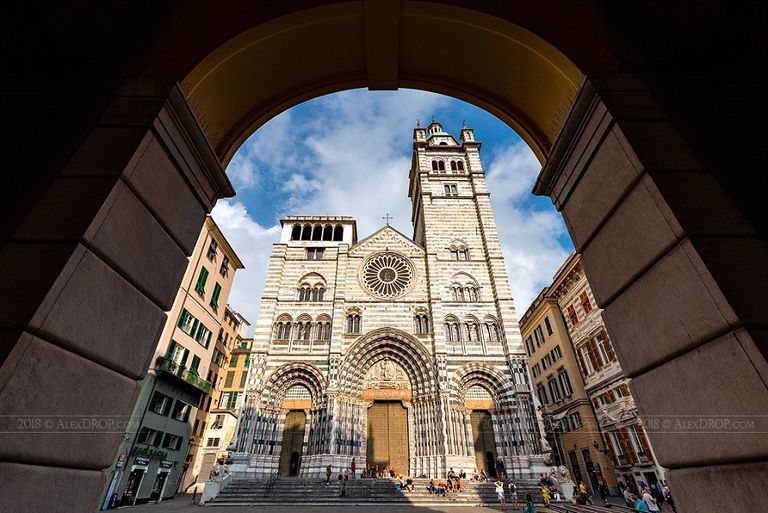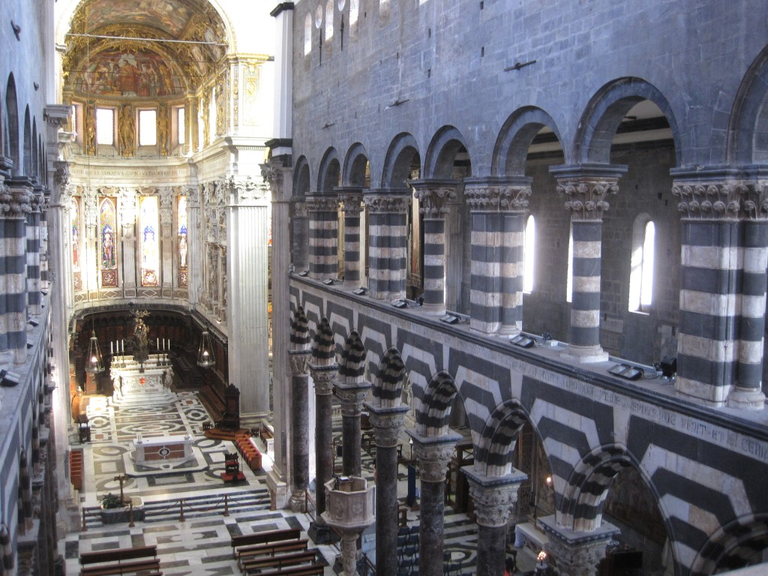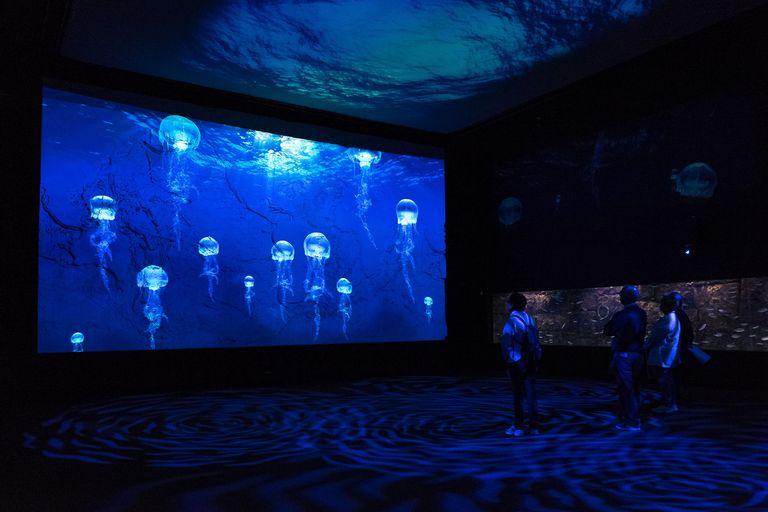I always write about good travel experiences whenever I write about my travel journey or the locations I explored. But sometimes behind the story I skip or just don't like to recall them. I guess it's not just me, many do the same. Traveling without hassle is kinda fairytale because the fun part is you definitely gonna face some problems while you are traveling. I think many of you can relate to that. Even if you plan everything before the journey, sometimes it doesn't go according to the plan and that's the fun part. Today I am going to share an experience with you that not only makes me regret my decision but also I feel angry about it whenever I think about it.
Last summer I mean this summer 2023, when we were on our vacation to Switzerland and Italy trip, one of our destinations was Lake Como, Italy. Yes, the famous Lake Como people talk about social media and post a lot of photos and videos. During our trip, I was so excited about Lake Como after seeing all of those photos and videos; also planned what to do what not to do, where to go; almost everything. However, my biggest mistake was not understanding the detailed location of Lake Como or the details of Lake Como.
So, when the day arrived we drove from Milan to Lake Como by car and decided to spend the entire day at Lake Como. Like I said without any research, I went there thinking it was a city/village located near Lake Como where I would walk and explore. Before ranting about my exploration, I would say Lake Como really is a picturesque and gorgeous lake area located against the foothills of the Alps. Como City is located at the bottom of south east branch of the lake. It's true what you see on social media, beautiful villages like Onno, Bellagio, Lecco, etc located at Lake Como. As I said earlier, I thought it was an entire city or village, but I didn't know that to visit villages, either you need a water boat or you have to visit there by car.
So our tour guide or group guide drove to a location called "Valmadrera", a commune in the province of Lecco. It's a town basically and our car left us in an area called "Giardini pubblici con giochi", a local park. At first, I was so confused about what was happening, and our entire group was confused as well like me. It was summertime so everyone was sunbathing in the park and some were swimming. So, at first, we all scattered and decided to see the surroundings. We didn't find anything worthy of seeing almost for 3 hours.
Unfortunately, locals don't speak English, they only speak the Italian language so it was very difficult to figure out what we gonna do, and how to explore Lake Como. Well, our tour guide left us and went somewhere else without saying anything to us. All we could do was sit in the park and watch the big Alps mountains in front of us. My internet connection was also so bad that day, what an unlucky day was it. Suddenly I noticed waterboats coming and going, a small docking area. We went there and it was too late already when we figured out that there were so many villages and small towns nearby and a boat was needed to go to those areas. Well, better late than never, we started waiting for the boat. People were asking where we wanted to go, and which village/ town we wanted to see but because I didn't do any research and was feeling exhausted because of the heat, I couldn't say anything. Even at that moment, I didn't know the name of the village called Bellagio and Como where I wanted to go so badly.
The biggest problem of social media is, that it basically writes about Lake Como but never mention clearly the village or town name and how to get there. Well, I didn't know who to blame, our tour guide who just left us somewhere near Lake Como or the social media for misinformation, or, just myself.


After one hour of waiting near the docking area, finally the boat arrived. We finally decided that we would see the lake and its surrounding scenario and would spend leftover time in Lecco City which was nearby. Unfortunately, unplanned trips are always like that and I realized it that day. Until we figured out, it was too late to see places. We had a time limit for the tour guide because he would eventually pick us up from Valmadrera.
My mood was already spoiled and I was very upset so I didn't take photos or anything. I was just looking at the huge Alps mountains and small tiny villages picture from the boat.


We took the wrong boat and we didn't even know that. Like I said nobody there speaks English. Normally from Valmadrera to Lecco city, it takes 20 minutes by boat but we took that boat which takes 60 minutes to reach Lecco because it goes to different villages and then its last stop is Lecco. So another hour was wasted in the lake. When we reached Lecco city, we were already tired and had only 55 minutes to see the city because we had to catch the boat again.
The city was crowded, a lot of tourists were strolling around, taking photos, and having dinner/lunch. We decided to walk a little bit near the lake because one hour is not enough to see a city. Basically, you cannot do anything within one hour if you don't know the city.
Not only me, but our entire group was upset because nobody did the research.
We started to see around, basically wandering around without any plan. Things happened, disaster happened and sometimes unplanned things happened. We didn't find anyone to blame because we should have asked or done some research before coming here.
Lecco city is nice, so much to see but yes, we were already late and had no time to see unique locations.


I know it's not the way I explore the city. At that moment, my mind was full of sadness because I didn't expect to have such a horrible day. I felt like a fool.
Lecco City is one of three sections that form Lake Como. To be honest, the city is really nice to spend time. You can enjoy the harbor area, and beautiful mountains and can go kayaking, and swim in the lake. From far away I saw the Church of Saint Nicolò, you can see it in the photos. Luckily I went to the city center which was not far away from the lakeside area and saw Piazza XX Settembre, in the centre of the town, and the San Martino mountain. source
Piazza XX Settembre (can't pronounce it) is the old town city center surrounded by old buildings and restaurants. From the center part, you can see beautiful Alps mountains and the Church of Saint Nicolò. During summer a lot of tourists spend their time there. Most of the buildings are neo-classical style architecture. One part of this square is linked to the lake (Piazza Cermenati) and the other part is connected to Piazza Garibaldi.
We did go to Piazza Garibaldi later but I figured that out later. source


This is Piazza Garibaldi and from here you can also see a glimpse of the Alps mountain. Many shops, and supermarkets are located here and I liked the cobbled walkways. It's not like a pebbled path, it was smooth and well-finished materials.


I don't know what to say or how to explain the feeling I felt at that moment being in Lecco. Obviously, it was not what I expected or had planned for Lake Como but something is better than nothing. Instead of running all day in the park at Valmadrera, we managed to see something. I have regret and upsetness about the Lake Como trip but still, I consider it as a lesson. Sometimes you have to accept reality and my mistake was, that I couldn't realize that time was running and instead of enjoying and accepting fate, I complained a lot.




















